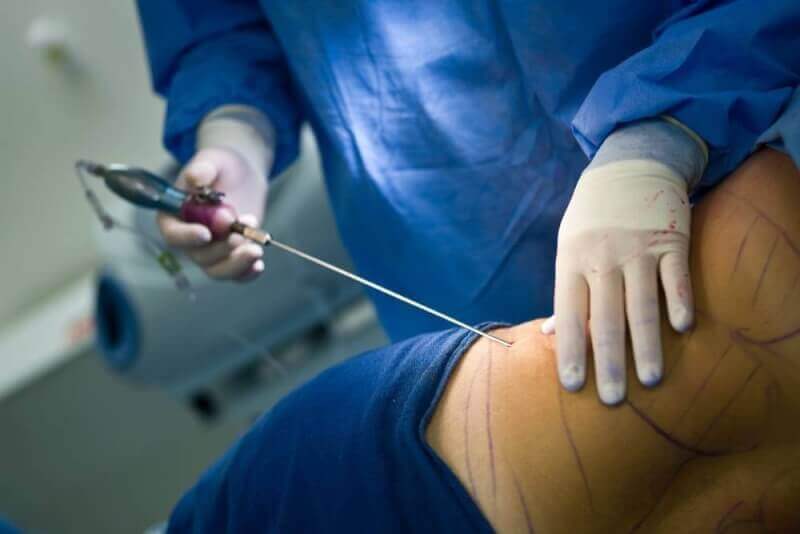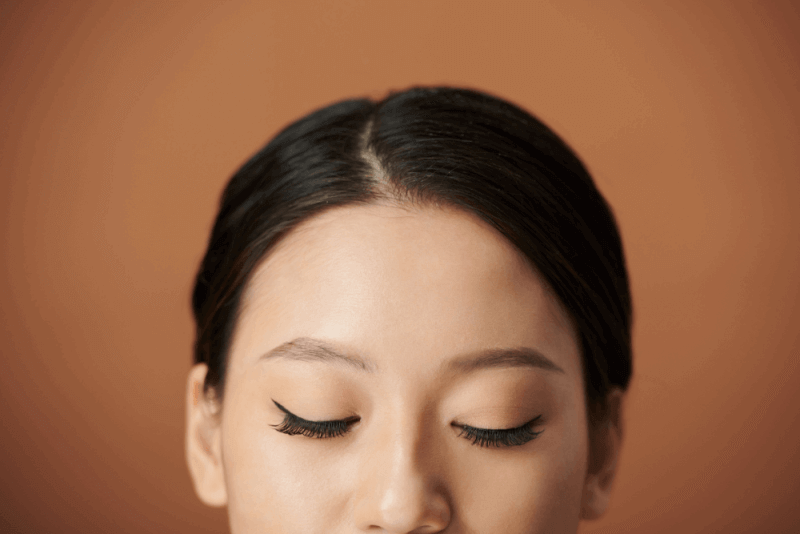What is liposuction?
Liposuction, a type of operation, is applied to areas such as the abdomen, buttocks, thighs, hips, arms and neck. This process, which will be simply defined as the process of removing excess fat from various parts of the body with the help of a special device, is used in shaping the body.
Fat cells grow due to weight gain. Liposuction reduces the number of fat cells in a specific area. The amount of fat removed varies depending on the appearance of the area. The image that emerges after liposuction remains stable with the person maintaining their weight.
If necessary, skin molding is also performed after the liposuction procedure. If the skin of the people who have liposuction is elastic, the skin will have a smooth appearance after the procedure. However, if the skin is very thin and inelastic, the skin in the areas looks loose after the treatment.
Liposuction, also known as lipoplasty and body contouring, is not accepted as one of the ways to lose weight. For this reason, people who want to lose weight should lose weight with a healthy nutrition program and regular exercise. In addition, it is preferred to be applied when excess fat is collected in certain areas.
In short, liposuction is an operation suitable for the removal of fat clusters that cannot be burned with exercise and healthy nutrition. For this, the following are among the regions that are generally applied.
- Jaw
- Neck
- Hip
- Calf
- Chest back
- Ankles
- Upper arm
- Abdomen
In addition, liposuction is also applied to the breast area of men and this procedure is called gynecomastia.
Although liposuction is extremely successful in shaping the areas with fat accumulation, there is no problem in removing the appearance of cellulite. In addition, it does not have any effect on the removal of cracks on the skin. Liposuction is a procedure that is suitable for almost everyone. However, it is not administered to people with coronary artery disease, weakened immune systems and diabetes.
Who can liposuction be applied to?
Liposuction method is not a slimming method but a body shaping method. For this reason, people who are considering liposuction should first get an opinion from their physicians. In addition, before the liposuction procedure, people should lose weight with exercise and healthy nutrition and reach their ideal weight, and then apply to this method to get rid of the fat that is stubborn and therefore causes deformity in the body.
In order for the liposuction procedure to be applied, patients should not be pregnant or have recently given birth, should not have systemic health problems and should not have any problems in the tests performed before the procedure. In addition, although there is no age limit for the application of the procedure, liposuction is not recommended for older people due to the decrease in the elasticity of the skin with age and the increase in sagging potential after the procedure.
Risks of liposuction
As with other surgical operations, there are some risks in liposuction. The main reason for these risks is anesthesia and bleeding. In addition, the risks caused by liposuction include the following.
- During the procedure, a wavy appearance may occur on the skin due to uneven removal of fat, scars and poor skin elasticity. In addition, faded scars may remain on the skin and these are permanent effects.
- Liposuction can also cause fluid accumulation. Pockets of fluid under the skin, called seroma, are temporary and can be drained with a needle to eliminate the problem.
- Both permanent and temporary numbness can be seen in the areas where liposuction is applied due to irritation.
- Skin infections can also occur, although they are rare. If the infection is serious, it can be life-threatening.
- Another rare risk of liposuction is organ perforation due to the needle used moving too far inward. In this case, the organ needs urgent repair.
- Another risk of liposuction is fat embolism. During the procedure, fat fragments may get stuck in the blood vessels. In addition, pieces of fat can collect in the lungs or travel to the brain.
- In cases where large amounts of fat are removed by liposuction, the fluid in the body is displaced. This can lead to life-threatening kidney, heart and lung problems.
- Lidocaine, which is given to prevent pain during the liposuction procedure, causes toxicity in some people. Although rare, lidocaine toxicity can cause problems in the central nervous and cardiovascular systems.
The risk of complications increases when surgeons work in large areas or perform multiple procedures at the same time.
Types of liposuction (liposuction)
Since liposuction is applied to different areas, it necessitates the use of different techniques. For this reason, there are different types of liposuction. In the selection of the type to be applied, criteria such as the goal of the treatment and whether liposuction has been applied before are taken into consideration.
Vacuum assisted liposuction
In vacuum-assisted liposuction, which is the most common type of liposuction, the drug is first injected into the area to be treated with saline water. The injected salt water helps to burn fat. The medicine used relieves the pain that patients will feel. Another drug used in the procedure is given to narrow the blood vessels.
After injecting the medicines with saline, the surgeon makes small incisions in the skin. A thin tube is then inserted under the skin from the discovery. The other end of the tube is connected to a special vacuum device. With this tube, the desired amount of liquid and oil is vacuumed.
Ultrasonic liposuction
In some cases, ultrasonic liposuction, which is used in combination with traditional liposuction, allows the fat cells to be removed more easily as it opens the walls of the fat cells. Sound waves are used during this process and therefore the shaping is much more successful.
Power-assisted liposuction
Power-assisted liposuction procedures use a thin tube that moves rapidly back and forth. This vibration makes it easier and faster to extract hard oils. In addition, the shaping is more accurate and causes less pain and swelling after the procedure. This procedure is especially used in operations where a large amount of fat needs to be removed or in people who have previously undergone liposuction.
Water-assisted liposuction
In water-assisted liposuction applications, water is injected under the skin. This injected water causes the fat cells to break down into liquid form and then the broken fat cells are absorbed with cannulas.
Radio frequency assisted liposuction
For this procedure, first a small incision is made in the skin and a laser fiber is passed through the incision. This laser breaks down fat deposits. Afterwards, the broken down fat is removed using a thin tube.
During liposuction surgeries
In liposuction operations, both general anesthesia and local anesthesia can be applied to patients. The type of anesthesia to be applied will also be determined according to the method to be applied. In local anesthesia, in addition to numbing the area to be treated, drugs that calm the patients are also injected intravenously.
Throughout the surgical process, the surgical team monitors the patients' heart rate, blood oxygen levels and blood pressure. In case of local anesthesia during surgery, it is rare but possible for patients to feel pain. In this case, patients should inform their doctor.
The duration of the surgery varies depending on how much fat is removed. Procedures performed under general anesthesia may take longer due to the time required for awakening. After the surgery, the patient is asked to be hospitalized for a few hours to monitor his/her medical condition. In addition, an overnight stay in hospital may be necessary to determine whether fluid loss has occurred.
After liposuction surgery
After liposuction procedures, patients are expected to feel pain, swelling and bruising in the treated area. For this reason, after the operation, physicians prescribe painkillers and antibiotics to help patients control their pain and prevent possible infections.
After the liposuction procedure, the stitches are not sewn or drains are applied to ensure that the fluid can flow out of the body. Some patients are asked to wear tight clothing or corsets to reduce swelling after the operation. These tight clothes are also called compression garments and patients may need to wear them for several weeks after the operation.
After the operation, patients should wait a few days to return to work. It is recommended to wait a few weeks before they can exercise. During this process, it is expected that there will be some shape differences due to the replacement of the remaining fat in the body. It may take weeks or months for the swelling to subside before the final result can be seen.
The swelling subsides after a few weeks. After the swelling goes down, the area should be smaller in volume than before. After a few months, the treated area should take its full shape and present a slim appearance.
The results obtained by maintaining weight after liposuction are maintained for a long time. Although sagging skin occurs with the advancement of age, the thinness will remain constant. However, in case of weight gain, fat is seen especially in the abdominal area.







